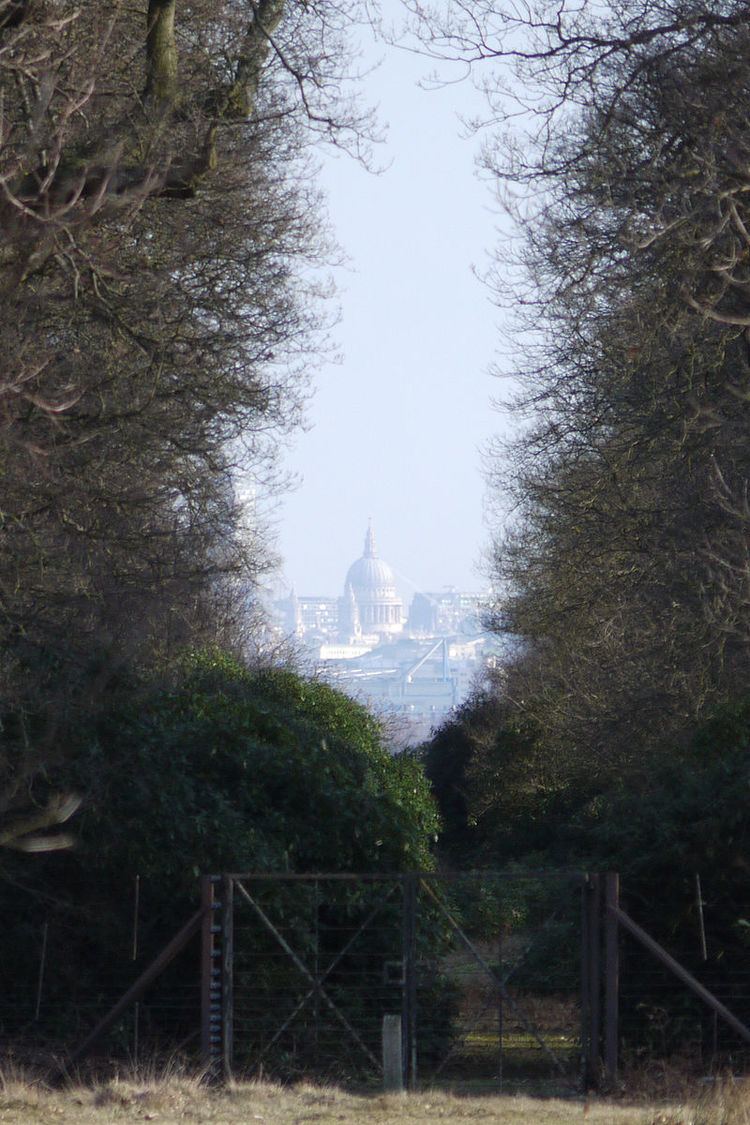 | ||
A protected view or protected vista is the legal requirement within urban planning to preserve the view of a specific place or historic building from another location. The effect of a protected view is to limit the height of new buildings within or adjacent to the sightline between the two places so as to preserve the ability to see the landmark as a focus of the view. The protection may also cover the area behind the place or building concerned.
For example, in London views of St Paul's Cathedral are protected from various prominent locations around the city. In Edinburgh, a 2005 skyline study compiled a list of almost 170 key views which will now be protected in the planning process.
Protected views are not unique to the UK, also existing in places such as San Francisco which has some of the strictest limits in the world; Portland, Oregon where the size of downtown blocks is kept low to maintain the views of Mount Hood from the West Hills; and the city of Vancouver which has protected "view cones".
Protected Vistas in London
The thirteen vistas protected by the London View Management Framework are as follows:
The views of St Paul's Cathedral from Waterloo Bridge and Hungerford Bridge are not specifically mentioned although these views are protected in practice by the views from Richmond Park and from Westminster Pier respectively as these bridges are on the path of the protected vistas.
